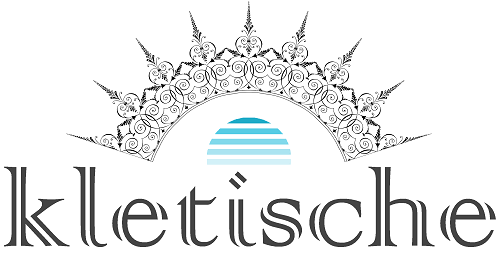Why You Should Explain Steps to Break Commitments Before They’re Made
Many people struggle with saying no to requests at work, especially when they feel pressured to please their bosses, colleagues, or clients. They end up overcommitting themselves, taking on more tasks than they can handle, and compromising their quality of work and well-being. This can lead to missed deadlines, broken promises, and damaged relationships at work. How can one avoid this trap and learn to set healthy boundaries at work?
This article offers practical advice on how to say no to a request at work, how to renegotiate deadlines and expectations, how to manage conflicting priorities at work, and how to deal with broken promises at work. It also draws an analogy between breaking commitments and asking for a prenup before a wedding, showing how both actions can be difficult but wise in the long run.
